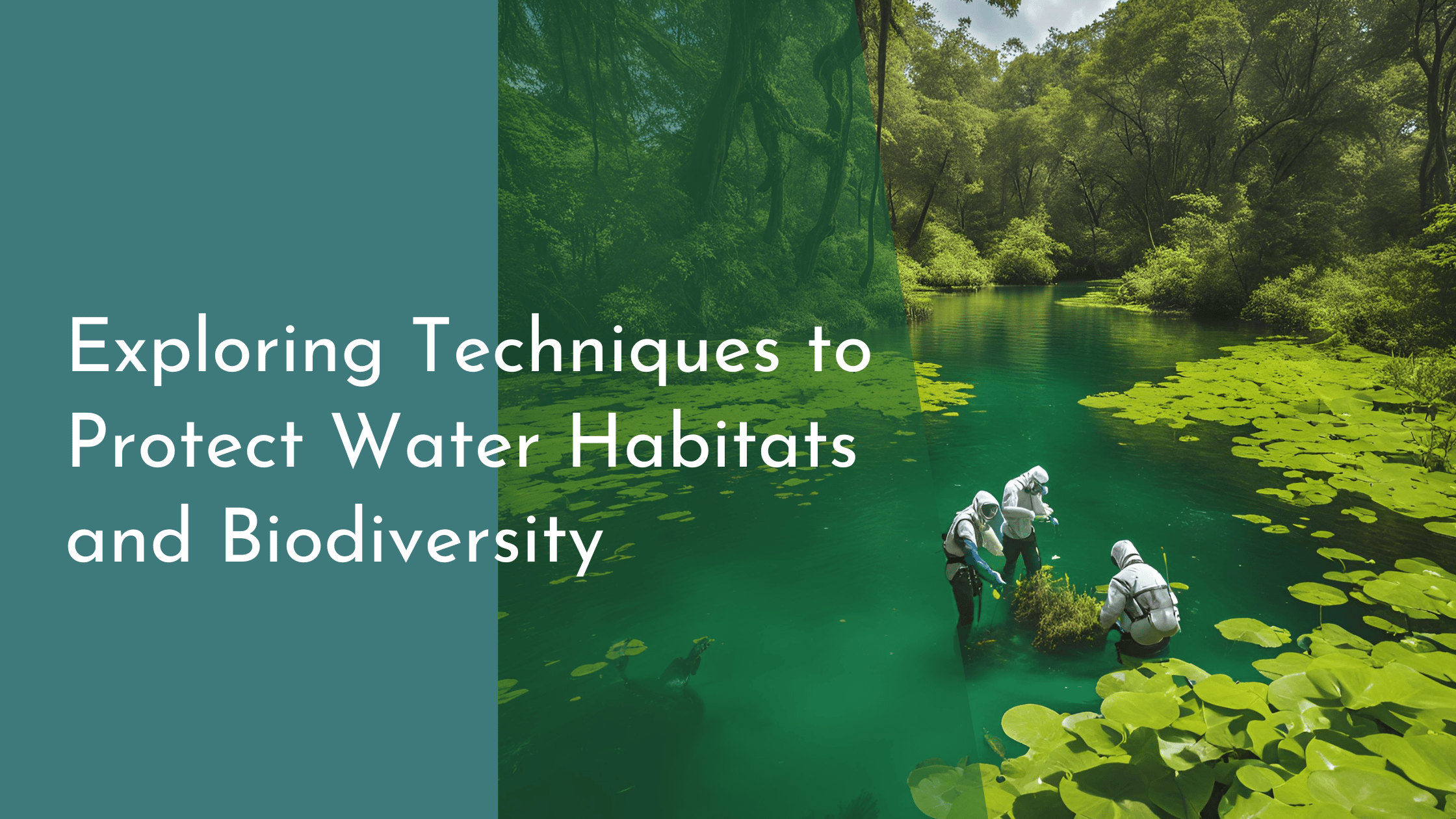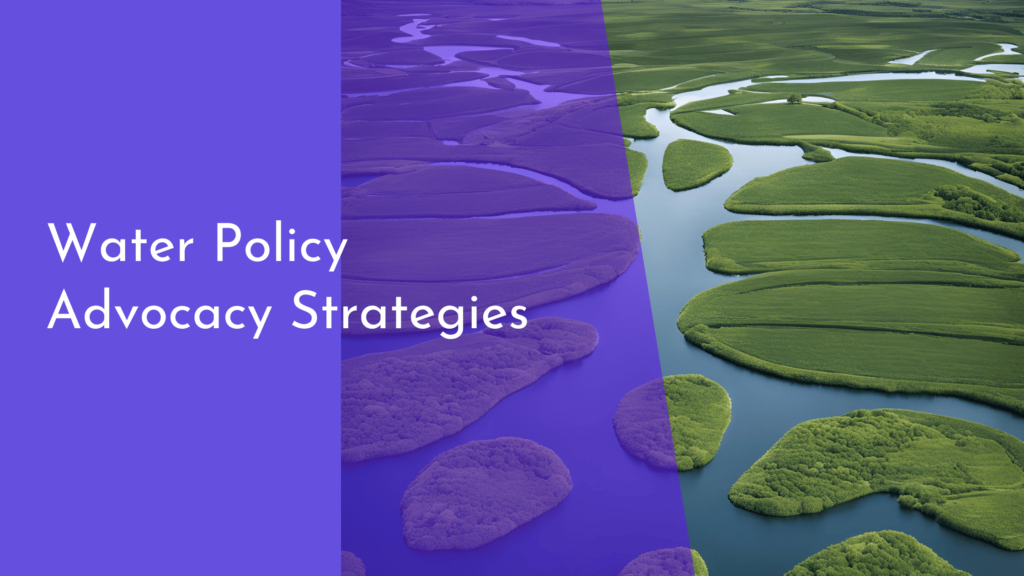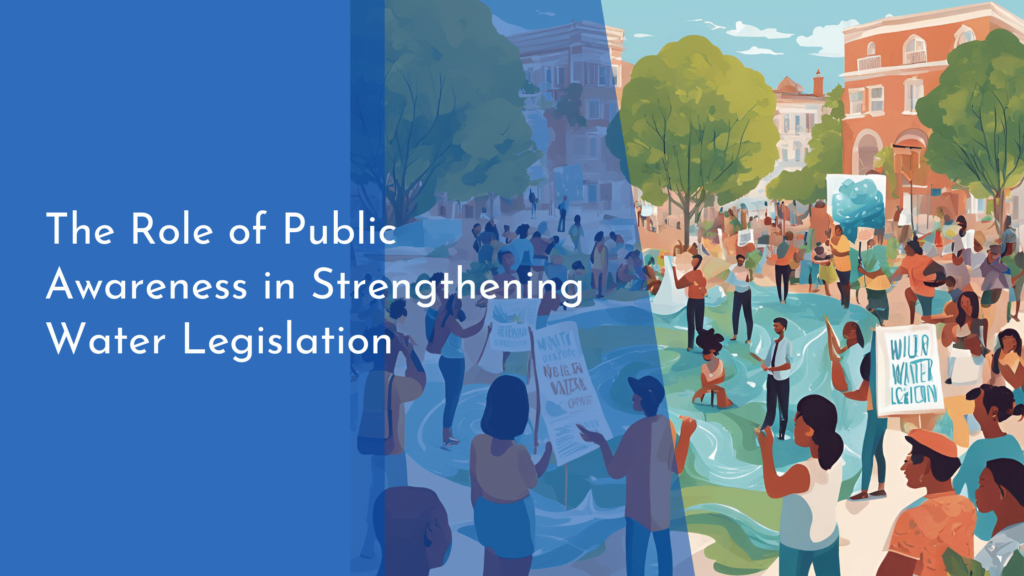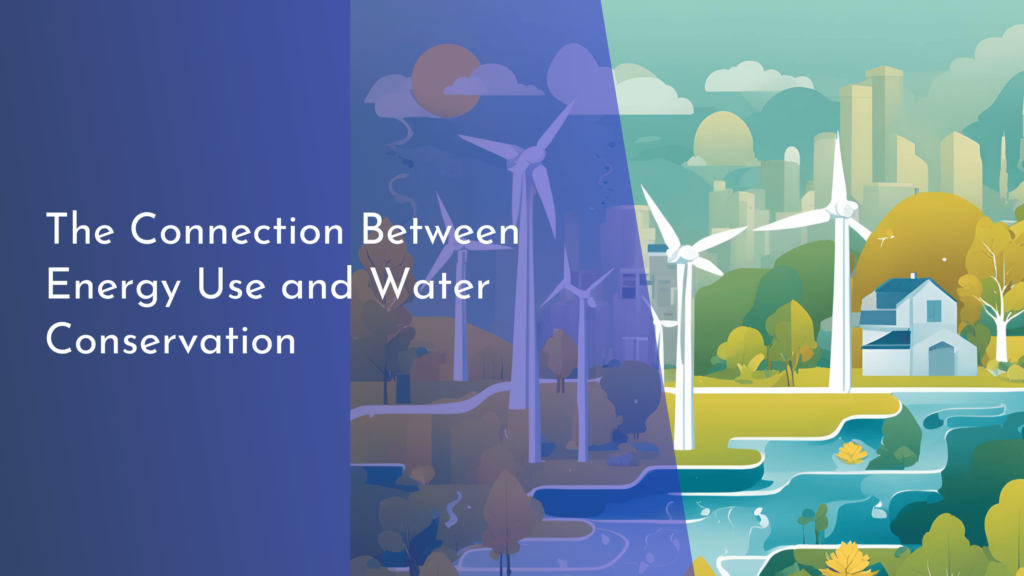Exploring Techniques to Protect Water Habitats and Biodiversity
Water habitats, ranging from small ponds to vast oceans, are teeming with diverse life forms that play crucial roles in the planet’s ecosystems. As human activities continue to threaten these vital environments, the importance of protecting water habitats and enhancing biodiversity has never been more pressing. This article explores various techniques and strategies focused on conserving these aquatic treasures and celebrating the successes achieved so far.
Understanding Water Habitats and Their Inhabitants
Water habitats, whether fresh or saltwater, are intricate ecosystems that support a wide variety of life forms. These habitats include rivers, lakes, wetlands, and oceans, each characterized by its unique environmental conditions and biodiversity. Freshwater habitats, for example, are home to species such as fish, amphibians, insects, and plants that have adapted to live in non-saline water. Similarly, marine habitats house creatures ranging from microscopic plankton to the majestic blue whale, each playing essential roles in maintaining ecological balance.
The inhabitants of these water environments are interdependent, forming complex food webs and nutrient cycles. Aquatic plants, like seagrasses and algae, produce oxygen and serve as food and habitat for numerous organisms. Fish and other aquatic animals rely on these plants and each other for sustenance, creating a dynamic and interconnected ecosystem. Protecting these inhabitants and their habitats is vital, not only for maintaining biodiversity but also for preserving ecosystem services that humans rely on, such as clean water, flood control, and carbon sequestration.
Innovative Methods for Water Habitat Conservation
One of the groundbreaking methods for protecting water habitats is the restoration of natural water flows in rivers and wetlands. By removing dams or installing fish ladders, conservationists can restore natural migration routes for fish species, improve water quality, and reestablish vital floodplain habitats. These methods not only rejuvenate the ecosystems but also enhance their resilience to climate change and human disturbances.
Another innovative conservation technique is the creation of artificial reefs and marine protected areas (MPAs). These structures provide new habitats for marine life, promoting biodiversity and helping to rebuild populations of overfished species. MPAs restrict human activities like fishing and drilling, allowing ecosystems to recover and thrive. Collaborative efforts among governments, NGOs, and local communities are crucial in expanding these protected areas and ensuring their effective management.
Strategies for Enhancing Aquatic Biodiversity
Restocking native species and controlling invasive ones are essential strategies for enhancing aquatic biodiversity. In many water bodies, native species have declined due to competition and predation by invasive species. Conservation programs that focus on breeding and reintroducing native species help restore ecological balance. Simultaneously, efforts to control or eradicate invasive species, through measures like targeted fishing or ecological management, are vital for protecting native biodiversity.
Community involvement and education are also paramount in promoting aquatic biodiversity. Local communities can adopt sustainable fishing practices, engage in habitat restoration projects, and participate in citizen science initiatives to monitor water quality. Educational programs raise awareness about the importance of water habitats and encourage stewardship among citizens. Empowering communities to take an active role in conservation ensures long-term success and fosters a sense of ownership and pride in preserving their natural resources.
Celebrating Successes and Looking Ahead
Numerous successful projects worldwide demonstrate the power of concerted conservation efforts. For instance, the recovery of the Chesapeake Bay in the United States showcases how reducing nutrient pollution and restoring wetlands can revive aquatic ecosystems. Similarly, coral reef restoration initiatives in Australia and the Caribbean have shown promise in rehabilitating these critical marine habitats. These successes highlight the importance of continued investment and collaboration in conservation efforts.
Looking ahead, the focus should be on scaling up these successful techniques and exploring new technologies and approaches. Innovations such as remote sensing for monitoring water quality and blockchain for ensuring sustainable fisheries offer exciting possibilities. As global awareness of environmental issues grows, the opportunities for protecting water habitats and biodiversity through international cooperation and policy-making are greater than ever. Through persistent efforts and shared commitment, a sustainable future for our planet’s water habitats is within reach.
Final Thoughts
Water habitats and their biodiversity are invaluable treasures that require our utmost care and attention. By understanding these ecosystems, employing innovative conservation methods, and fostering strategies to enhance biodiversity, we can protect these vital environments for future generations. As we celebrate past successes and explore new horizons, let us continue to champion the cause of aquatic conservation with optimism and determination. Together, we can ensure that the beauty and diversity of water habitats remain vibrant and enduring.







